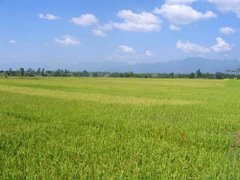
Google Search
Wednesday, November 29, 2006
Dang Nepal

Dang (दाङ्ग) is the most developed district and commercial center of Rapti Zone. Originally the zonal capital used to be in Dang. Ghorahi and Tulsipur are the main commercial hubs for whole Rapti zone. Because this district has two wide, low elevation Inner Tarai valleys it has better transportation and communication facilities than the four other districts of Rapti Zone (Pyuthan, Salyan, Rolpa and Rukkum).
Thursday, November 16, 2006
Subscribe to:
Posts (Atom)




